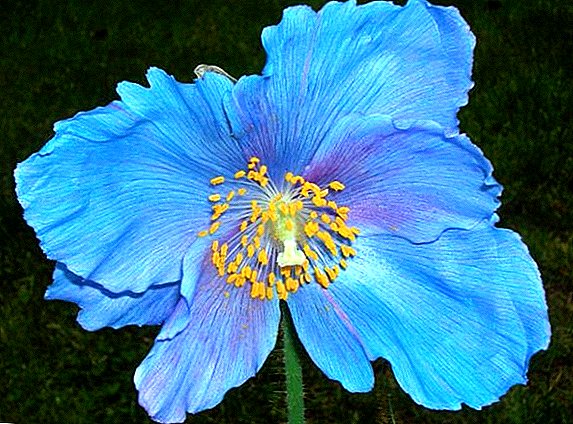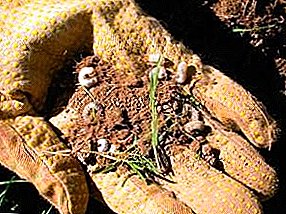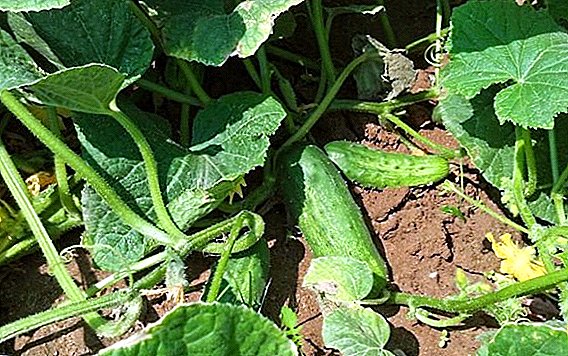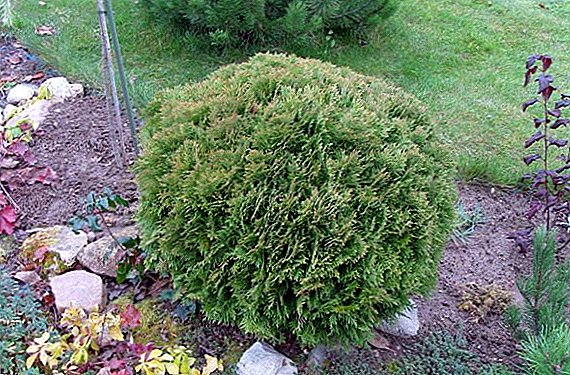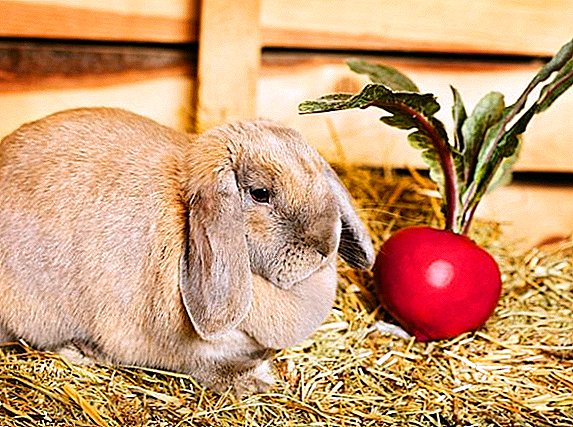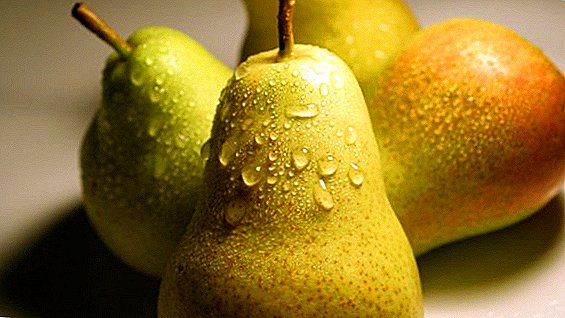 Surely you have plants in your apartment that are waiting for a transplant for more than a year. Purchase soil mixtures, pots and other necessary equipment and follow our recommendations.
Surely you have plants in your apartment that are waiting for a transplant for more than a year. Purchase soil mixtures, pots and other necessary equipment and follow our recommendations.
What is a transplant?
The need for relocation of a indoor flower is determined by external signs:
- he is cramped in a pot: there is so much greenery that the soil is not visible;
- from the drainage holes protrude roots;
- despite regular top dressing, the plant does not grow;
- the flower has been growing in the tank in which you bought it for more than a year;
- in the most neglected cases, the plant as if jumps out of the ground, rising on the roots from a pot that has become low for it;
Important! Transplanting is also important if you want the plant to make a big leap in growth.
When is it better to replant houseplants
When the flower starts to grow from the state of rest, it is time to transplant it, but if it blooms in spring, you should definitely wait until the end of flowering. If you perform the procedure earlier, the threat of damage to young stems is great. Conifers are transplanted at the beginning of summer, then azaleas and camellias are transplanted.  Bulbous is recommended to determine the new packaging after a period of rest. Cacti usually pass, but if we are talking about a full transplant, it is better to do it in early November. Young flowers should be relocated every year, and adults - every few years. At the same time, palm trees in tubs can be transplanted once a decade.
Bulbous is recommended to determine the new packaging after a period of rest. Cacti usually pass, but if we are talking about a full transplant, it is better to do it in early November. Young flowers should be relocated every year, and adults - every few years. At the same time, palm trees in tubs can be transplanted once a decade.
When a transplant is better not to do
The worst time for transplanting is winter. Do not disturb the plants when they sleep. Only a few species are transplanted into the resting period. For example, the calla is transplanted in the fall, by the end of September, it is possible to transplant these indoor flowers. And this is because it blooms from January to May.
Did you know? The deepest rhizome is found in the wild ficus from South Africa. Its roots reached 120 meters.
Not all pets need a transplant every year. Young flowers should change the pot every spring, those that are slightly older can be replanted every 2-3 years, and older specimens can grow in large containers, and it is enough to replace the top layer of earth.
How to transplant potted flowers at home
Transplanting houseplants in another pot is a process that depends on the well-being of your flowering and green pets, so you should take this procedure seriously and carefully prepare for it.
Choosing a pot
The tank should be 3-4 cm wider than the previous one. If the acquired pot is a little higher than the previous one - no big deal, you can fill up the extra space with drainage. Most pots are made of ceramic and plastic. Flower growers often make a choice in favor of the latter, because it is lightweight and unbreakable material.  Plus, these pots have an interesting design that can decorate an office, gallery and even an exhibition center. Some companies have even developed plastic pots with intelligent technology of automatic watering of plants, so you can not worry about forgetting to water your flowers in time.
Plus, these pots have an interesting design that can decorate an office, gallery and even an exhibition center. Some companies have even developed plastic pots with intelligent technology of automatic watering of plants, so you can not worry about forgetting to water your flowers in time.
Also, pots made of plastic are presented in a wider range - a variety of shapes and colors makes it an excellent opportunity to pick up exactly that container for plants that perfectly fits into the designed room design.
Important! Top dressing can be made no earlier than 2-3 months after relocation. The fact is that you can burn slightly damaged roots after transplanting.
We select the correct fertilizer
Before transplanting a room flower, you should first feed a little with complex formulations (in March). Fertilizers will give him the strength to adapt and grow. If an earthen mixture with a high content of high-moor peat, in which there are few nutrients, is used, then top dressing is allowed already 4 weeks after transplantation. If garden soil, leaf humus or compost, in which there are a lot of nutrients, is used for transplantation, then fertilizing can be done after 3 months. 
Step-by-step instructions for transplanting plants
Replant the plant in a new pot using the following technology:
- Prepare the pot. Used clay pot should be rinsed with warm water, brushing the walls with a brush. New - in the evening soak in the water.
- Close the drain hole. To do this, put on the bottom shards, pieces of broken brick or a layer of fine expanded clay (this porous material perfectly absorbs excess moisture, not allowing the roots to rot).
- Take out a plant, having turned a pot and having slightly knocked its edges with a table. If necessary, separate the earthen room from the walls with a knife.
- Remove old shards and trim rotted or dried roots around the edges. (unlike the "live", white roots, they usually have a yellowish tint).
- Pour a layer of new earth into the pot and place a lump with the plant on it. Pour the gaps between the walls of the pot and a lump of new earth. Condense the earth with your fingers so that the level of the new earth equals the base of the stem. To the ground settled, you can knock the pot on the table. In case of need, sprinkle the ground.
- Put the pot on a stand or saucer and pour it heavily.
Did you know? Among entrepreneurs and businessmen, dracaena sander is considered the most valuable plant, or as it is also called - “bamboo of happiness”. It is believed that this indoor flower brings financial prosperity. On the first run of the dragon, it is necessary to tie a golden or red ribbon, on which, in turn, a bundle of three coins should be hung.
Plant care after transplanting
The adaptation period lasts from 3 weeks to 2 months. Immediately after transplantation, the plant can not be located in direct sunlight. The first 5 days it is better to prune the flower. After the specified time, if there are no unexpected problems, the pot can be returned to its usual place.  The first week of watering is desirable to refuse. Subsequently, irrigation should be moderate - this will help the root system to grow more actively in the new earth mixture. It is recommended to spray the crown almost daily. And pinching or trimming the tips of the stems will improve the nutrition of the flower and stimulates its growth.
The first week of watering is desirable to refuse. Subsequently, irrigation should be moderate - this will help the root system to grow more actively in the new earth mixture. It is recommended to spray the crown almost daily. And pinching or trimming the tips of the stems will improve the nutrition of the flower and stimulates its growth.
The main mistakes when transplanting plants
Try to avoid typical mistakes that may occur in the first times transplant houseplant:
- In tree species, the root neck cannot be buried.
- Do not plant in a very large pot without special drainage - the flower will grow very poorly. It also leads to the gulf and the decay of the root system.
- It is not necessary to feed a newly transplanted plant with various mixtures, as this causes burns of the roots, after which the flower dies. Pay attention to the fact that the finished substrates often contain all the necessary feeding, which act gradually.
You will be interested to learn how to prepare the elixir for plants.
Flower growers tips
If you want to provide the plant with good living conditions, you should heed the professional recommendations:
- Learn more about your flower, as many species like cramped pots, others are spacious. Also for each type of required soil composition.
- Transplant weakens the plant, so before this procedure you need to hold it in a bright and warm place, protected from direct sunlight.
- If you are using an old pot from another flower, it must be thoroughly washed with warm water and disinfected with a solution of manganese.
 We hope our simple tips will be useful for you in the business of planting flowers. They will help create a more comfortable environment for their relocation and development. Shortly after that, your favorite flowers will be surprised by an abundance, if you carry out the whole procedure carefully, timely and correctly.
We hope our simple tips will be useful for you in the business of planting flowers. They will help create a more comfortable environment for their relocation and development. Shortly after that, your favorite flowers will be surprised by an abundance, if you carry out the whole procedure carefully, timely and correctly.

